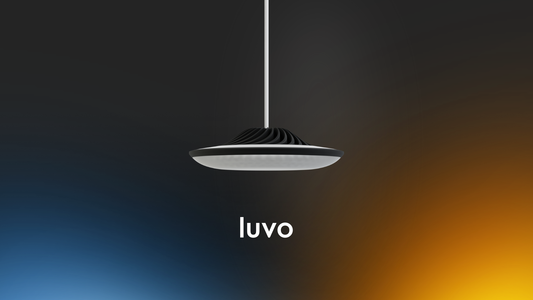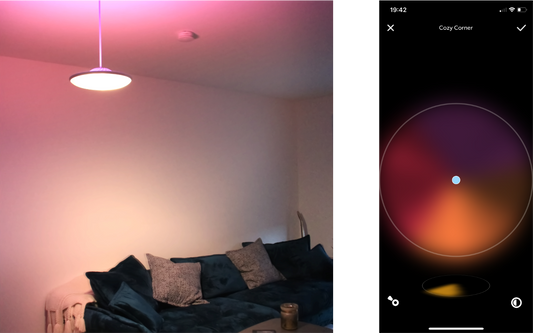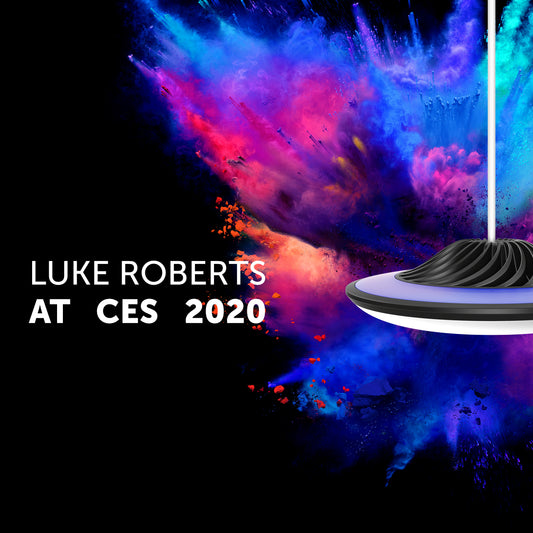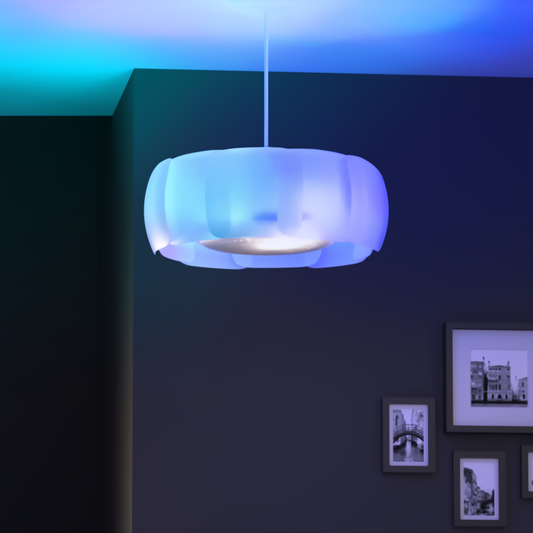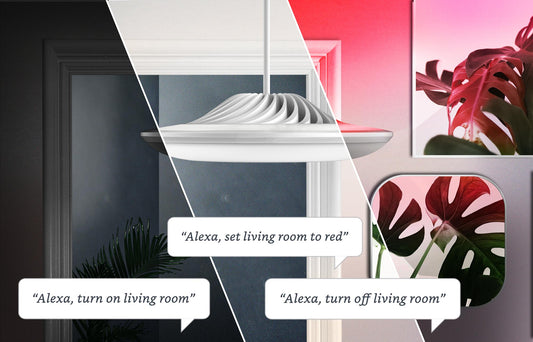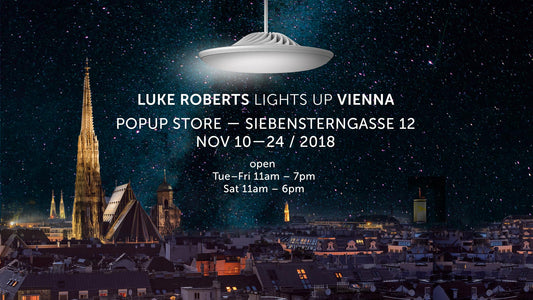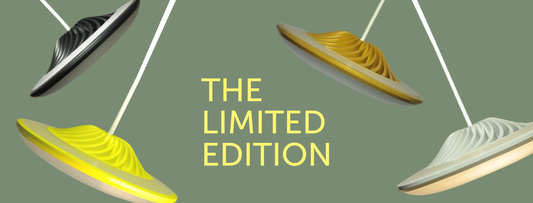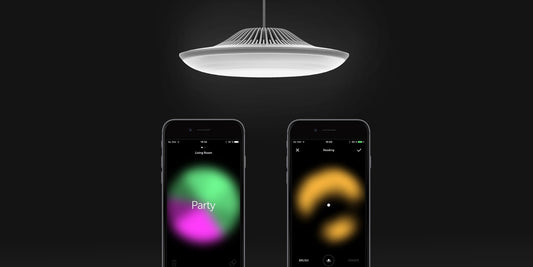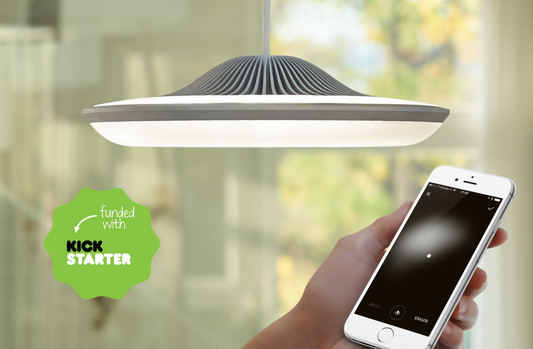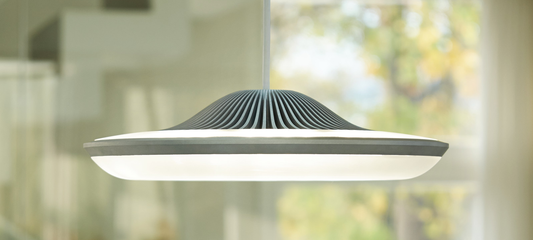
What you need to know about Lumen and Watt
Who doesn’t remember the old fashioned 60 Watt bulb? Having one of them at home meant to have solid brightness in the own four walls. Because the big W was our trusted reference. While the old fashioned light bulb is more or less history, the watt as a brightness indicator remains on countless packages. It's time to look for true enlightenment: start watching the Lumen (lm) and not the Watt count.
Lumen is the better Watt!
Why would that be? Well the answer for that is quite simple, Watt is just a number that tells us how much energy a lamp needs. That also means that it unfortunately doesn’t tell us how much light is bringing us into the pitch black darkness of an abyss. How unfortunate.
Whelp, there is another way and that measurement is used when we talk about lightness. If you guessed it by the title right, then you are a genius! It is Lumen (lm)! Hail Lumen for the brightness it gives us.
However, what does it mean now? Lumen is a measurement for visible light. The value it states is the real indication of how much light my lamp really has when it is turned on.

This is the so-called light flux. When applying power to a light source (such as a light bulb), it converts it into visible light as well as invisible electromagnetic emissions and a lot of heat. The old-fashioned light bulb produced about 95% heat, which is anything but efficient.
Now the thing about lamps is that the kind of light isn’t just turning on and off anymore. They learned and evolved as much as the society did and so they now know how to dim the brightness as well as make our home more colourful. That however, is not the main point here. As nice as these things are, the most important fact is that they can give you more “brightness” for the same power. Thus, they are more efficient wouldn’t you say?
Sometimes less is more

Now back to the old fashioned friend in life the 60 Watt light bulb. If we take this little fella and translate the Watt into Lumen, one gets 720 Lumen (60W x 12lm). On the contrary, our current standard, the glorious LEDs, can shine as bright but only needs 6 W! The LED's power doesn't stop here. Our Luvo for example gets up to 4400 Lumen! That is quite a range of brightness to play around with.
Knowing all that, what we just covered, you can say that if you want your home to be shining bright as a diamond, then Lumen is the way to look for it. They not only give us more light with less power consumption but also more Lumen with less Watt. That is a little relief for your wallet and the environment, too.
Want to think even more brightly?
The word Lumen originates from the Latin language and means “light”, “lamp” as well as “lantern”.
Lumen as an SI-unit gained only popularity back in 2009 when the EU decided to take LED as the new standard for lightning. The lm value of a lamp had to go on all the packaging.
Who found out about Lumen?
Well it was no other than the french physicist André-Eugène Blondel who developed and used Lumen for the first time in 1894. Blondel used it in order to describe how much light a lightsource can give. As old as it was founded, it took another 85 years till it got established as the go-to unit in science.
In the meantime, Mister Blondel went on and did something far greater. He was motivated and fascinated enough to develop a whole system for photometric units as well as the electromagnetic oscilloscope.
Chapeau, Monsieur Blondel!





